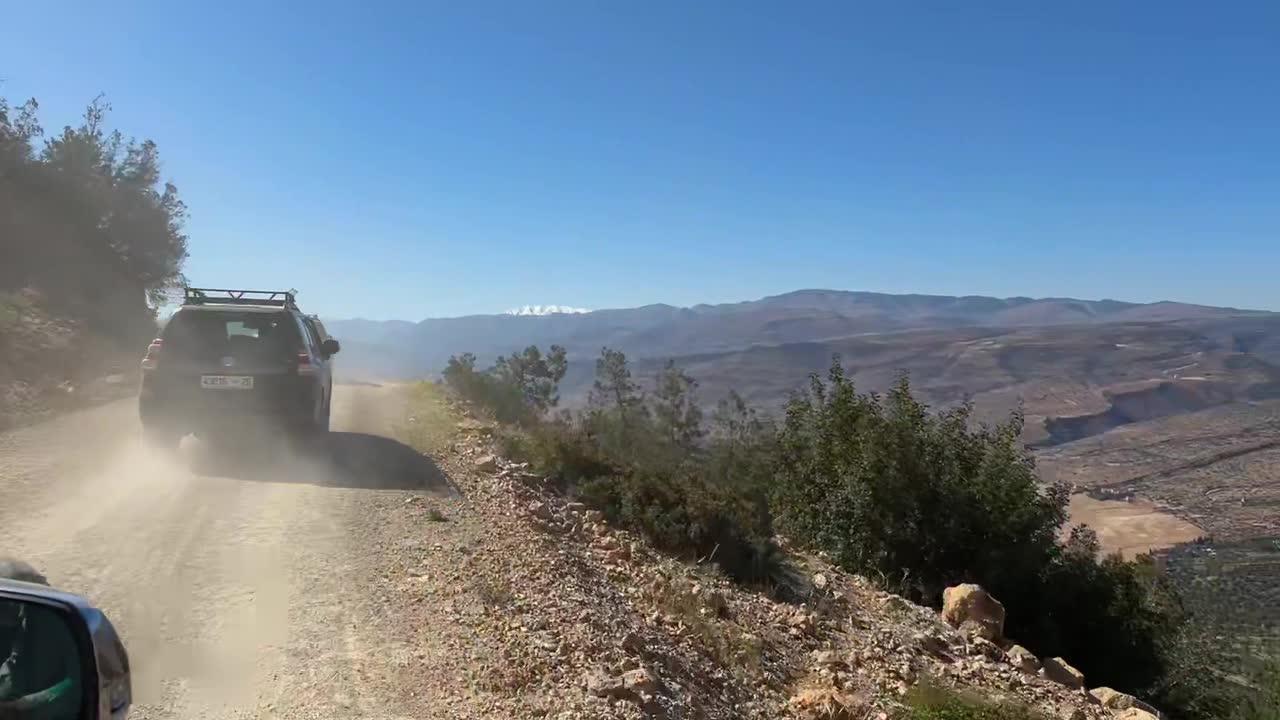
Ruger 77/44 Review: Best .44 Magnum Bolt-Action Rifle for Hunting Deer and Hog in 2025 The Ruger 77/44® bolt-action rifle, chambered in the powerful .44 Remington Magnum, has earned a loyal following among hunters and sport shooters for its compact design, hard-hitting performance, and rugged reliability. In 2025, Ruger introduces two new camo variants — Desolve Bare Reduced Camo and Kryptek Obskura Nox — giving this classic brush gun a modern edge. Whether you’re stalking whitetail in thick woods or tracking hogs through swampy terrain, the 77/44® delivers the punch and precision needed for short-range success. --- New Camo Configurations: Desolve Bare & Kryptek Obskura Nox Ruger’s latest models offer enhanced concealment and corrosion resistance: • Model 7426• Desolve Bare Reduced Camo Synthetic Stock • Brushed Stainless Finish • MSRP: $1,279 USD • Ideal for snowy, open terrain and wet conditions • Model 7427• Kryptek Obskura Nox Camo Synthetic Stock • Blued Alloy Steel Finish • MSRP: $1,249 USD • Designed for dense woodland and low-light environments These finishes not only improve stealth but also extend the rifle’s durability in harsh field conditions. --- Technical Specifications and Features • Caliber: .44 Remington Magnum • Barrel Length: 16.6 inches (cold hammer-forged, threaded) • Overall Length: 36 inches • Weight: ~5.5 lbs (unloaded) • Magazine: 4-round rotary magazine • Safety: Three-position manual safety • Bolt: Stainless steel, 90-degree throw • Sights: Gold bead front, adjustable rear • Scope Mounts: Integral mounts with included rings • Threading: 5/8x24 TPI — suppressor-ready The rifle’s compact dimensions and lightweight build make it ideal for maneuvering through thick brush or climbing into tree stands. --- Ballistics and Effective Range The .44 Remington Magnum cartridge is known for its stopping power at short distances: • Energy: ~1,800 ft-lbs with 240-grain bullets • Effective Range:• Up to 100 yards for big game • Up to 150 yards with premium ammo and optics • Trajectory: Flat enough for short-range precision, but drops quickly beyond 150 yards While not designed for long-range shooting, the 77/44® excels in close-quarters hunting scenarios. --- Hunting Applications: What Game Is It Built For? The Ruger 77/44® is a favorite among hunters targeting: • Whitetail deer • Wild hogs • Black bear (within ethical range) • Elk (with premium loads and precise shot placement) Its quick handling and powerful cartridge make it ideal for brush hunting, ATV-based hunts, and ambush-style setups. --- Accessories, Suppressor Compatibility, and Scope Mounts • Suppressors: Factory-threaded barrel (5/8x24 TPI) supports most .44-cal suppressors • Optics: Integral scope mounts and included rings support red dots, LPVOs, and traditional scopes • Sling Swivel Studs: Pre-installed for easy carry • Aftermarket Support: Limited but growing — includes custom stocks, trigger kits, and extended magazines The rifle’s modularity is modest, but its factory setup is well-equipped for most hunting needs. --- Pricing and Model Comparison (Text Format) Model 7426 • Stock: Desolve Bare Reduced Camo Synthetic • Metal Finish: Brushed Stainless • MSRP: $1,279 USD Model 7427 • Stock: Kryptek Obskura Nox Camo Synthetic • Metal Finish: Blued Alloy Steel • MSRP: $1,249 USD Model 7428 • Stock: American Walnut • Metal Finish: Blued Steel • MSRP: $1,239 USD Prices may vary by region and retailer. All models include scope rings and rotary magazines. --- Pros and Cons Based on User Reviews Pros: • Lightweight and easy to maneuver • Powerful cartridge for short-range hunting • Suppressor-ready barrel • Reliable rotary magazine • Excellent build quality and finish options Cons: • Limited effective range beyond 150 yards • Small magazine capacity (4 rounds) • Noticeable recoil with full-power loads • Less aftermarket customization than AR-style platforms --- Why Shooters Choose the Ruger 77/44® Hunters and shooters choose the 77/44® for its: • Brush-ready design • Hard-hitting .44 Magnum chambering • Suppressor compatibility • Low-maintenance stainless or blued finishes • Trusted Ruger reliability It’s a rifle that blends traditional bolt-action simplicity with modern tactical features, making it a rare and versatile tool in the field. --- Final Verdict: Is the Ruger 77/44® Worth It in 2025? If you’re looking for a compact, powerful, and dependable bolt-action rifle for short-range hunting, the Ruger 77/44® is one of the best options available. With its updated camo finishes, suppressor-ready barrel, and proven performance, it’s built for hunters who demand mobility, stealth, and stopping power. Whether you’re chasing deer through thick timber or dropping hogs in open fields, the Ruger 77/44® delivers — shot after shot.
Post: 13 September 17:46
















































